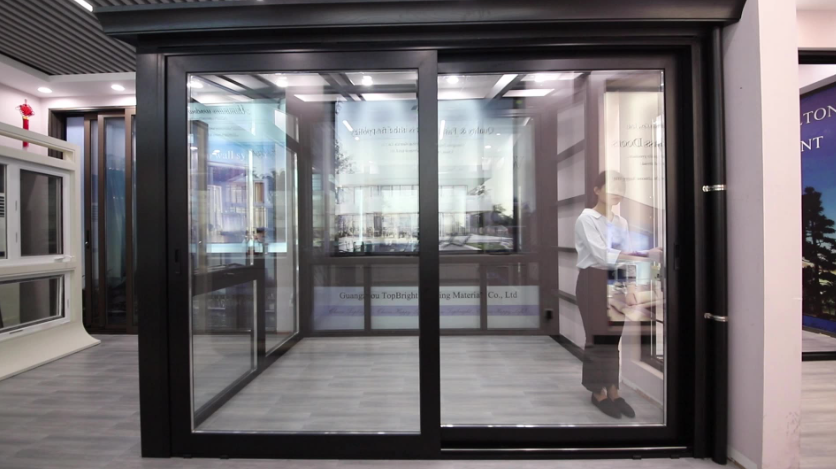Reception desk design plays a crucial role in shaping the first impression of any office environment. It serves as the initial point of contact between visitors and the organization, making it essential for the desk to embody professionalism, functionality, and aesthetic appeal. A well-thought-out reception desk can communicate the company’s values, culture, and attention to detail, while also providing a welcoming atmosphere that encourages positive interactions. In today’s competitive business landscape, where branding and customer experience matter immensely, the reception area is no longer just a waiting spot but a strategic space that sets the tone for the entire visit. Thus, businesses are investing significantly in reception desk design to enhance the overall office environment and improve operational efficiency.
Key Elements of Effective Reception Desk Design
An effective reception desk design balances aesthetics with practicality. The desk should not only look appealing but also accommodate the receptionist’s needs, such as ample workspace, storage, and technology integration. Materials, color schemes, and shapes are important factors that influence the visual impact of the reception area. For instance, natural wood finishes can evoke warmth and sophistication, while sleek metals and glass can convey a modern and high-tech vibe. Lighting also plays a vital role in highlighting the desk and creating an inviting environment. Ergonomics must be considered to ensure the receptionist’s comfort and productivity, as this role often requires prolonged periods of sitting and multitasking. Additionally, the desk should provide privacy for sensitive documents and be designed to facilitate easy communication with visitors.
Trends Shaping Reception Desk Design Today
Reception desk design continues to evolve alongside broader trends in office interiors and workplace culture. One notable trend is the move towards minimalism, where clutter-free, streamlined desks create a clean and professional look. This trend emphasizes functionality without compromising style, often using integrated storage solutions to keep the surface tidy. Another important trend is the incorporation of technology, such as built-in charging stations, digital check-in kiosks, and cable management systems that keep cords hidden. Sustainability is also a growing consideration, with many offices opting for eco-friendly materials and designs that reduce environmental impact. Furthermore, customization is increasingly popular, as businesses seek reception desks that reflect their unique brand identity and corporate ethos. This includes bespoke shapes, colors, and branded elements such as logos or signage incorporated into the design.
How Reception Desk Design Impacts Visitor Experience
The design of the reception desk has a direct influence on the visitor experience. A thoughtfully designed desk can make guests feel comfortable and valued from the moment they enter. For example, the height and shape of the desk should allow for easy eye contact and conversation, which fosters a welcoming interaction. The materials and finishes used can also impact how the company is perceived—high-quality surfaces suggest professionalism and attention to detail, while poor-quality or outdated desks can leave a negative impression. Furthermore, a well-organized reception desk helps streamline visitor check-in processes, reducing wait times and frustration. Accessibility is another critical factor; desks should accommodate visitors with disabilities, ensuring the space is inclusive for everyone. In essence, the reception desk design serves as a physical representation of the company’s approach to customer service and hospitality.
Functional Considerations for Reception Desk Design
Beyond aesthetics, functionality is paramount in reception desk design. The desk must be designed to support the receptionist’s workflow efficiently. This includes providing enough space for computers, phones, and other office equipment without feeling cramped. Storage solutions, such as drawers and shelves, help keep necessary items within reach while maintaining a clean appearance. Cable management is often overlooked but essential, as a messy tangle of wires can detract from the desk’s appearance and even create hazards. The desk layout should also facilitate easy communication between the receptionist and visitors, as well as between the receptionist and other staff members. Security is another functional consideration, as the desk may need to safeguard sensitive information or valuable items. Some designs incorporate lockable compartments or secure areas to address this need.
Customizing Reception Desk Design for Different Business Needs
Reception desk design can vary widely depending on the type of business and the specific needs of the office. For example, a corporate law firm might prefer a desk with a classic, sophisticated design featuring rich wood and polished finishes to convey tradition and reliability. In contrast, a tech startup might opt for a futuristic, minimalist desk with integrated digital features and bold colors to reflect innovation and creativity. Medical offices often require desks with hygienic surfaces that are easy to clean and shaped to allow smooth patient flow. Retail businesses may use reception desks that double as display counters or customer service points. Ultimately, understanding the business’s identity, client demographics, and operational requirements will guide the choice of the best reception desk design.
Integrating Branding into Reception Desk Design
Incorporating branding into reception desk design is a strategic way to reinforce the company’s identity from the moment visitors arrive. This can be achieved by using brand colors, logos, and typography within the desk and surrounding reception area. For example, a desk can feature the company logo engraved or inlaid on the front panel, or use color accents that align with the brand’s visual palette. The reception desk can also serve as a platform to display promotional materials or digital signage that communicates the company’s message and values. By integrating branding elements seamlessly, the reception desk becomes more than just a functional object—it becomes a powerful marketing tool that enhances recognition and fosters trust.
Challenges in Reception Desk Design and How to Overcome Them
Designing the perfect reception desk is not without challenges. Space constraints can limit design options, especially in small or irregularly shaped reception areas. Balancing aesthetics with functionality can be difficult, as overly decorative desks may compromise usability. Budget limitations also affect material choices and customization possibilities. To overcome these challenges, it is important to work with experienced designers who understand how to optimize space and functionality without sacrificing style. Modular reception desks offer flexible solutions that can be adapted to various layouts and expanded as needs evolve. Prioritizing the essential features and focusing on quality materials can ensure the desk remains both practical and visually appealing within budget constraints.
Conclusion: Elevate Your Office with Thoughtful Reception Desk Design
Reception desk design is a vital component of creating a professional, welcoming, and efficient office environment. It combines aesthetics, functionality, and brand identity to enhance the overall experience for visitors and employees alike. Whether updating an existing space or designing a new office, investing in a carefully planned reception desk pays off through improved first impressions, smoother operations, and stronger brand communication. For businesses in the Philippines seeking expert guidance and quality office furnishings, office furniture supplier Philippines offers a wide range of customizable reception desks that blend style and practicality, perfectly suited to meet diverse office needs. By prioritizing reception desk design, companies can transform their reception areas into inviting hubs that reflect their professionalism and commitment to excellence.












Leave a Reply